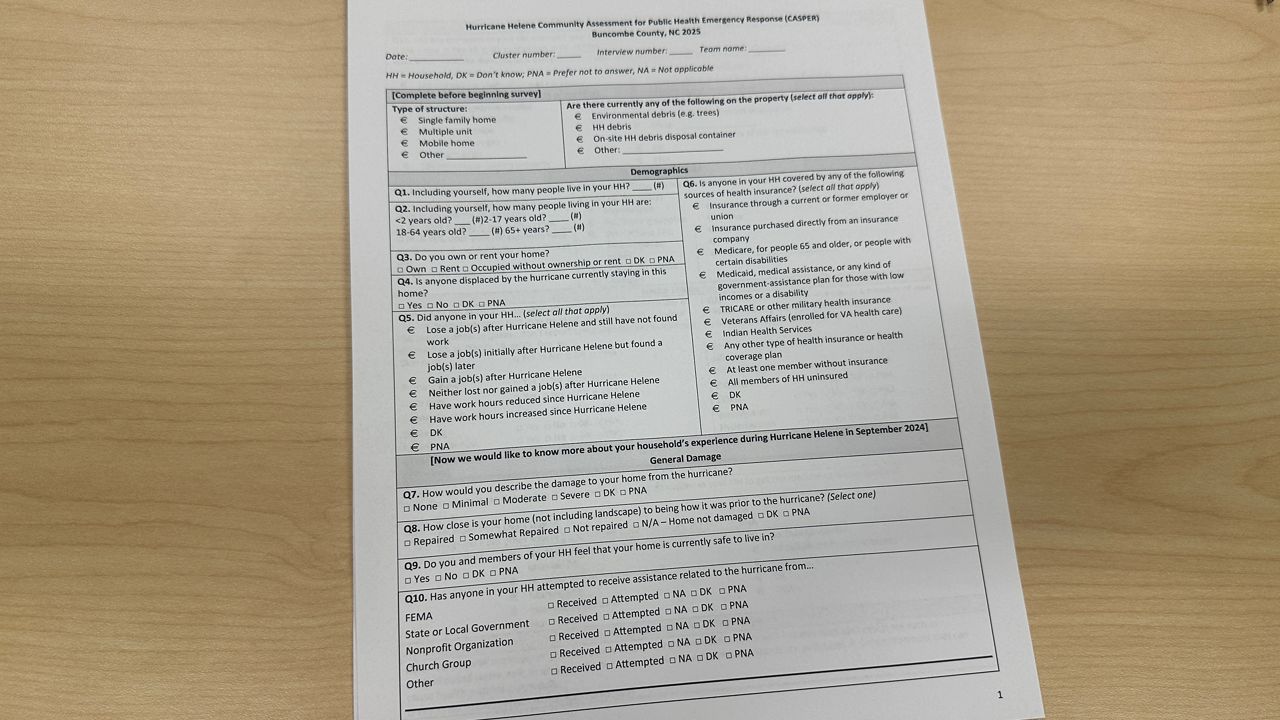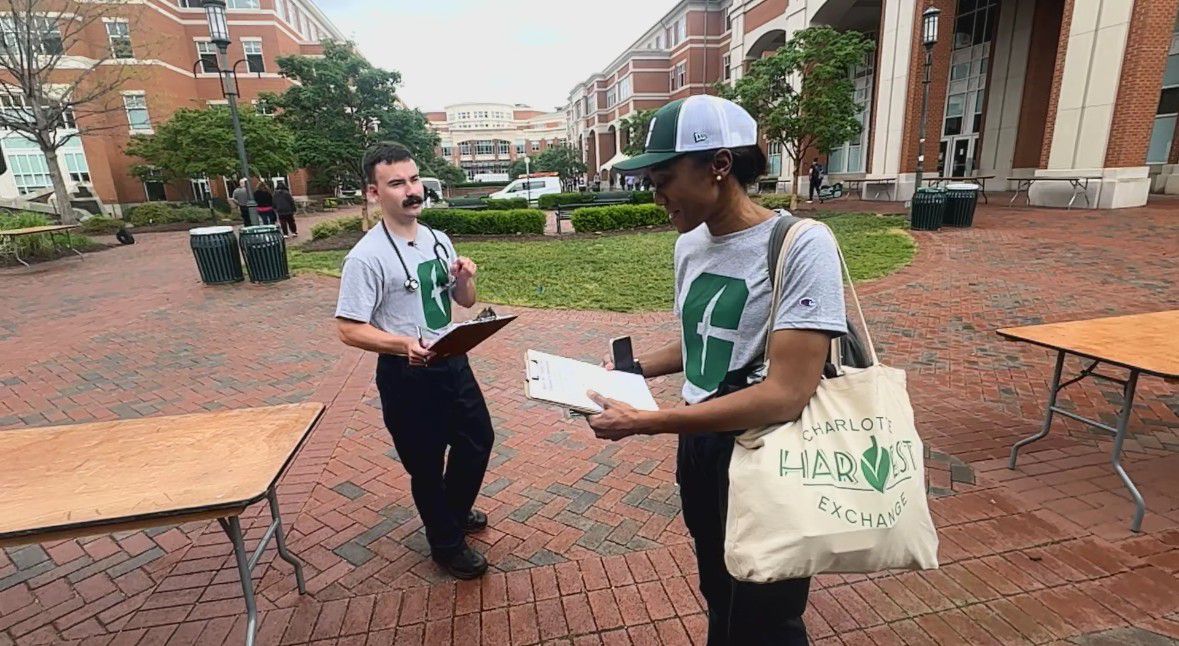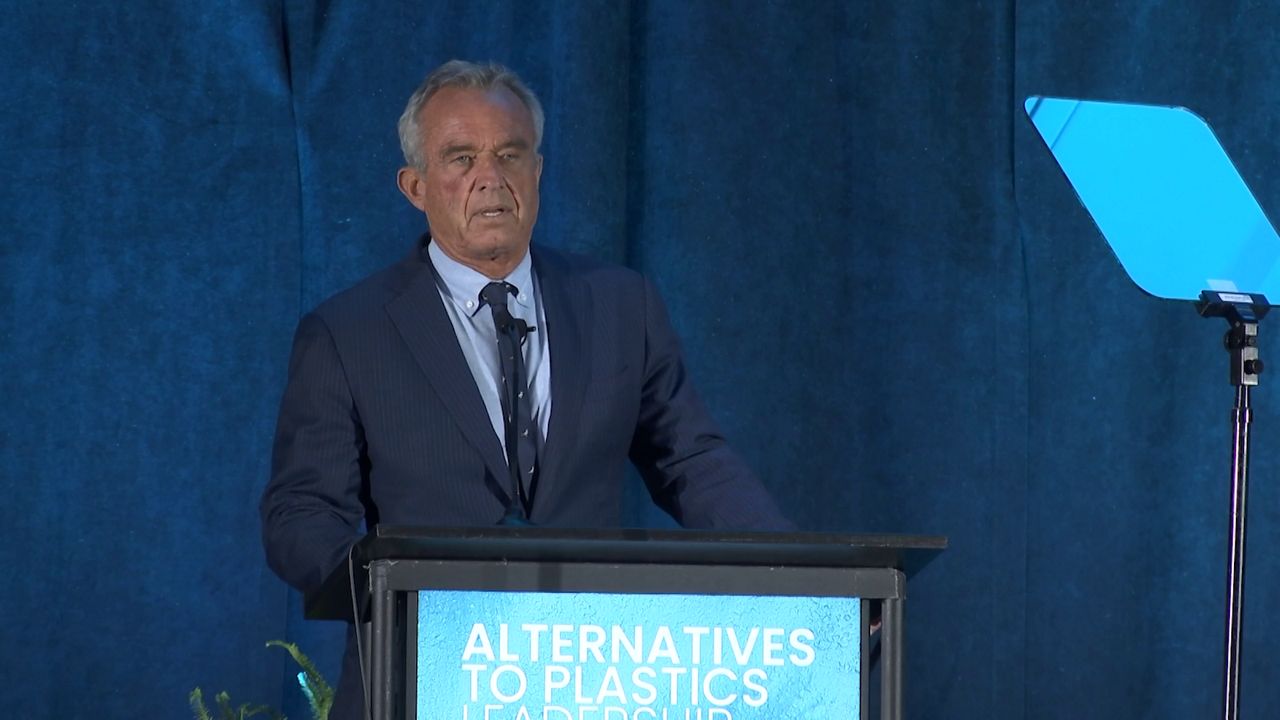CHARLOTTE, N.C. — Narcolepsy is a chronic neurological condition that impairs the brain’s ability to regulate the sleep-wake cycle.
According to Project Sleep, symptoms include:
- Excessive daytime sleepiness: Periods of extreme sleepiness during the day that feel comparable to how someone without narcolepsy would feel after staying awake for 48-72 hours. Often resulting in difficulty concentrating and staying alert.
- Cataplexy: Striking, sudden episodes of muscle weakness usually triggered by emotions such as laughter, exhilaration, surprise, or anger. The severity may vary from a slackening of the jaw or buckling of the knees to falling down. The duration may be for a few seconds to several minutes and the person remains fully conscious (even if unable to speak) during the episode.
- Hypnagogic and hypnopompic hallucinations: Visual, auditory, or tactile hallucinations upon falling asleep or waking up.
- Sleep paralysis: The inability to move for a few seconds or minutes upon falling asleep or waking up. It is often accompanied by hypnagogic or hypnopompic hallucinations.
- Disrupted nighttime sleep: Unlike public perceptions, people with narcolepsy do not sleep all the time. Timing of sleepiness is “off” with narcolepsy so one may fight sleepiness during the day but struggle to sleep at night.
Narcolepsy affects about 1 in 2,000 people, 3 million people worldwide, but because of low awareness and misperceptions, there is an average of eight to 15 years between narcolepsy symptom onset and diagnosis.
Lindsey Kizer was in the fifth grade when she had her first hallucination.
“To this day, probably one of the most insane experiences I’ve ever had. I heard a man banging on my door, see him coming in, I could feel him over me checking to see if I’m sleep and I can’t move,” Kizer said.
I also have narcolepsy. My mother, Heather Henson, remembers my first hallucination when I was 15 years old.
"Whatever you were caught up in was so real to you that it wouldn’t go away. It was hard. And not being able to help you was really hard,” Henson said.
Kizer and I would both go through years of being misdiagnosed and sent from doctor to doctor without any answers. It took Kizer 18 years, and myself 16 years, to finally get to a sleep neurologist who knew we had narcolepsy.
There is no cure for narcolepsy, but there are medications and changes in your daily routine that can drastically improve someones quality of life.
Project Sleep is celebrating World Narcolepsy Day to spread the word about the signs and symptoms of narcolepsy to try and cut down the more than a decade it currently takes to get a diagnosis.
Kizer is a Project Sleep patient advocate, “So that we can hopefully get better care and get care sooner. What would have happened if instead of 18 years we got diagnosed in five or four? Or, you know, much quicker than that? What kind of difference would it have made?”










